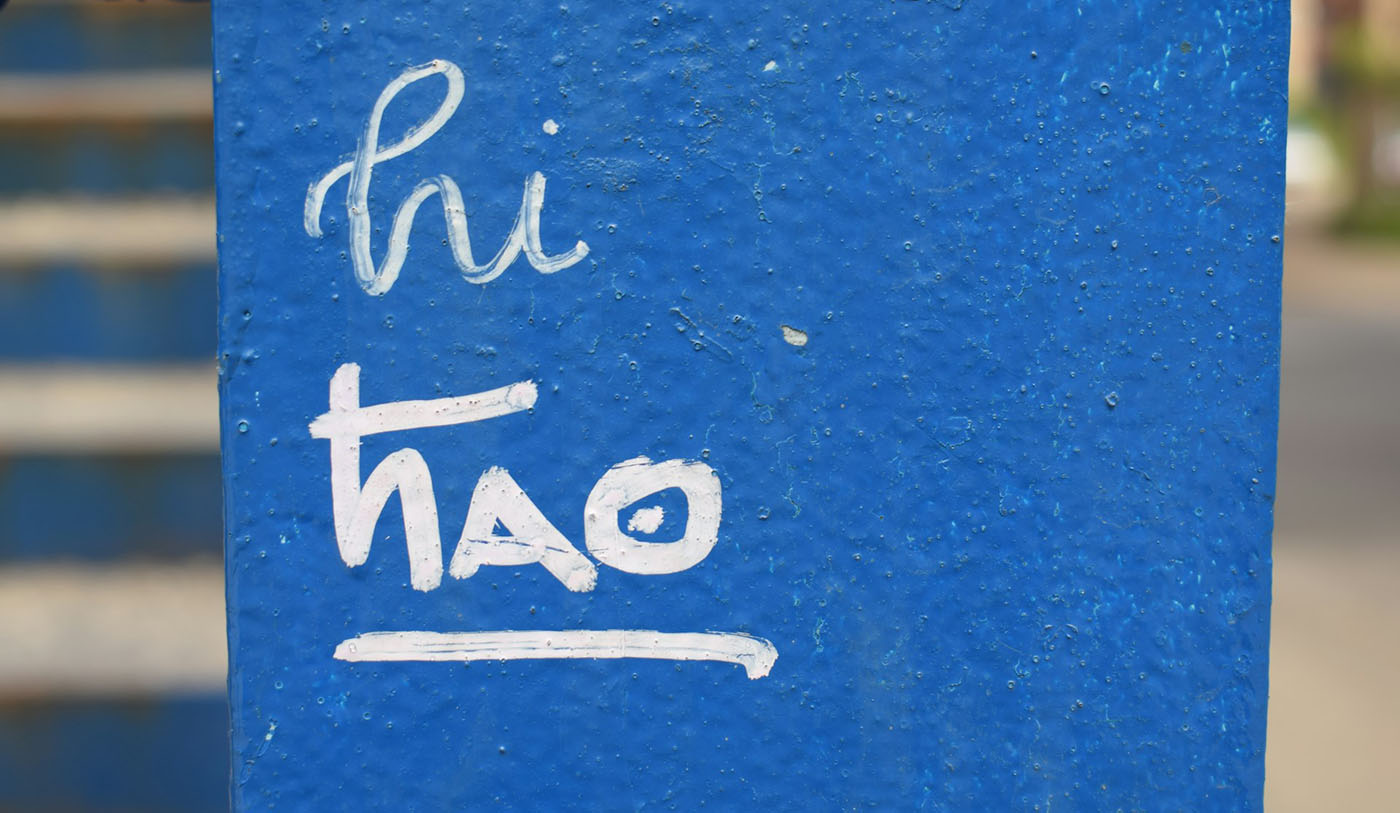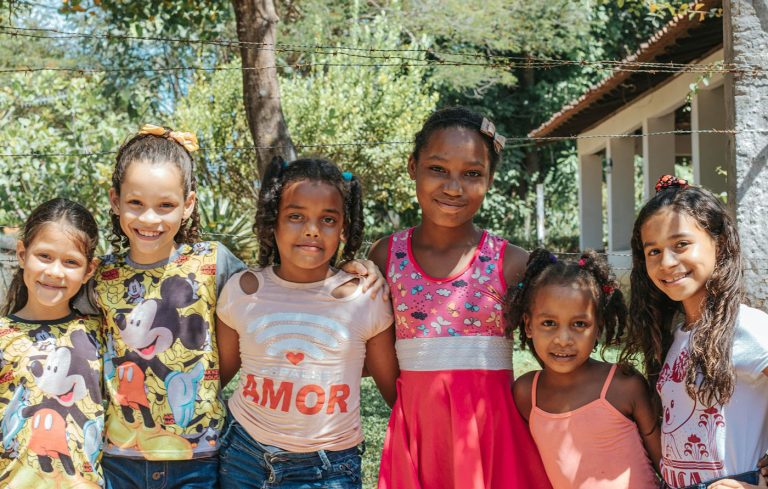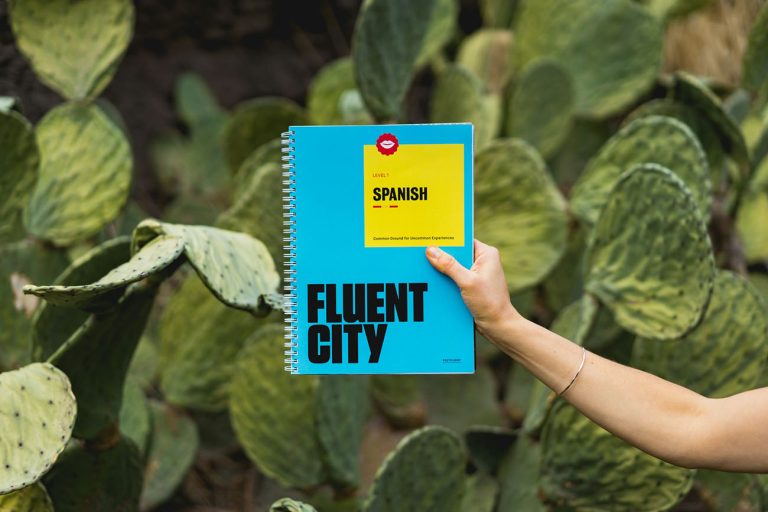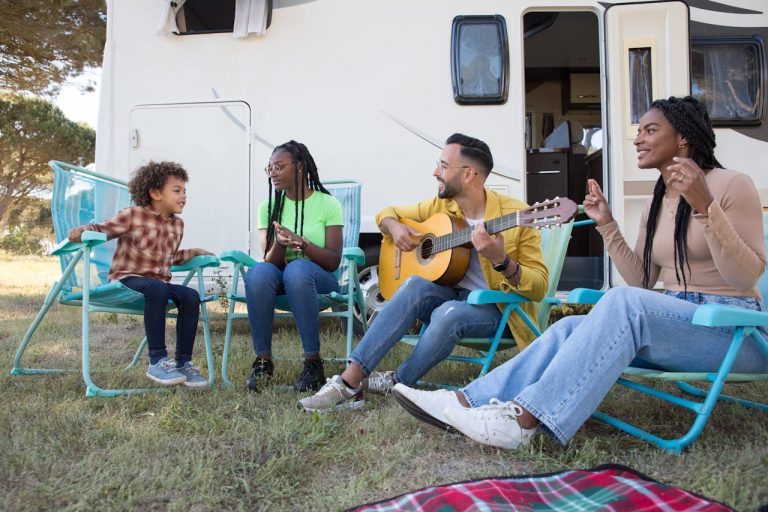Helping Bilingual Kids Stay Connected to Their Heritage
Raising bilingual children offers a world of advantages, from enhanced cognitive skills to a broader understanding of different cultures. However, it also presents a unique challenge: helping them maintain a strong connection to their heritage language and culture in a world often dominated by a single language. It’s not just about speaking two languages; it’s about nurturing a sense of identity and belonging.
Here are some practical and enriching ways to help your bilingual kids stay deeply connected to their heritage:
Make Language Fun and Relevant
For kids, language learning should never feel like a chore. Integrate your heritage language into their everyday lives in engaging ways:
- Story Time: Read books, fairy tales, and folk stories from your culture. Look for bilingual books that allow them to follow along in both languages.
- Music and Rhymes: Introduce them to traditional songs, lullabies, and children’s rhymes. Music is a powerful tool for memorization and cultural immersion.
- Movies and Shows: Seek out age-appropriate movies, cartoons, and TV shows in your heritage language. This provides exposure in an entertaining format.
- Games: Play board games, card games, or even create your own language-based games that encourage them to use the heritage language.
Embrace Cultural Traditions
Language is intrinsically linked to culture. By actively participating in cultural traditions, children gain a deeper appreciation for their heritage:
- Celebrate Holidays: Mark special holidays and festivals from your culture. Explain their significance and involve your children in the preparations, whether it’s cooking traditional foods or decorating.
- Cook Together: Prepare traditional dishes from your heritage. Cooking is a sensory experience that connects children to their roots through taste, smell, and shared activity.
- Share Stories and History: Tell them stories about your family’s history, traditions, and the country of origin. Show them photos or videos to bring these narratives to life.
- Dress Up: If applicable, encourage them to wear traditional clothing for special occasions.
Foster Connections with Heritage Speakers
Surrounding your children with other speakers of their heritage language is crucial for their linguistic development and cultural identity:
- Family Visits: If possible, arrange regular visits with grandparents, aunts, uncles, and cousins who speak the heritage language. These interactions are invaluable.
- Community Groups: Seek out cultural centers, language schools, or community groups that cater to your heritage. This provides a supportive environment for language practice and cultural exchange.
- Playdates: Organize playdates with other bilingual children or children who speak the same heritage language. This makes speaking the language feel natural and fun.
Create a Language-Rich Environment at Home
Your home is the primary space for language development. Make it a haven for your heritage language:
- Speak Consistently: The most impactful thing you can do is consistently speak your heritage language at home. Even if it’s challenging, consistency is key.
- Label Objects: Label items around the house with their names in your heritage language. This provides constant visual reinforcement.
- Language Corner: Designate a “language corner” with books, cultural artifacts, and learning materials related to your heritage.
Helping bilingual children stay connected to their heritage is an ongoing journey that requires dedication and creativity. By weaving language and culture into the fabric of their daily lives, you’re not just teaching them words; you’re gifting them a rich identity, a broader worldview, and a profound sense of belonging. What are some of your favorite ways to connect your children to their heritage?



